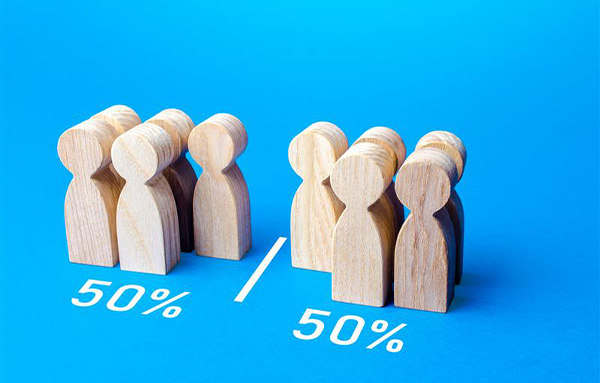A lead funnel is designed to attract, qualify, and capture leads — people who might be interested in your product or service but aren’t ready to buy yet.
It focuses on:
- Data collection through forms with conditional logic.
- Offering value like ebooks, webinars, or quizzes.
- Segmentation and lead scoring.
Think of it as the top of your marketing funnel.
Goal: Capture contact information, build interest, and qualify intent. ⚽️

